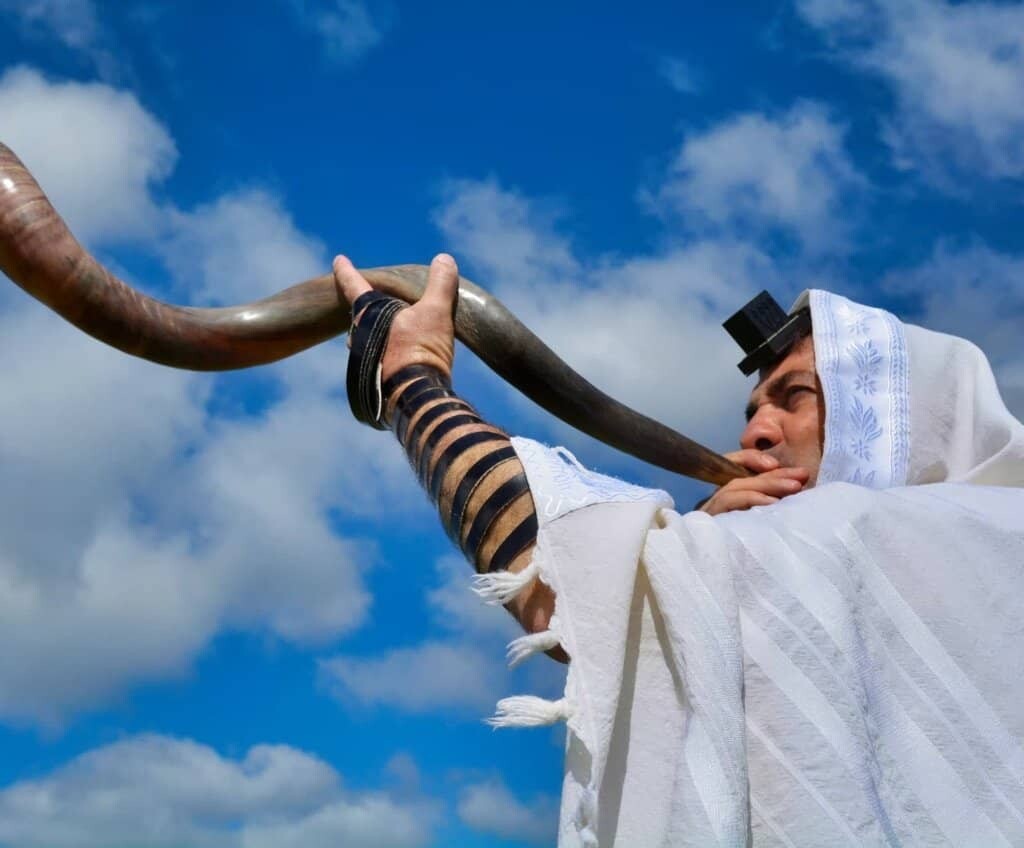In Judaism’s calendar, Yom Kippur stands as a singular moment of reflection and atonement, offering believers a chance to reconcile past transgressions with their faith. Rooted in ancient scripture and tradition, this day underscores the depth of connection Jews cultivate with their heritage and the opportunity to make amends before the Almighty.
The Essence of Yom Kippur: A Day of Profound Spiritual Engagement
Central to the Jewish religious calendar, Yom Kippur encapsulates a deep spiritual bond. While adherence to traditions varies among Jews, a significant number, out of conviction or respect, abstain from work, flocking to synagogues for religious observance.
Marked on the tenth day of Tishrei, the Bible’s Leviticus 23:26ss accentuates its sacred nature. In 2024, takes place from the evening of Friday, October 11, to the evening of Saturday, October 12.
The Deep Significance of Yom Kippur: A Time for Introspection and Redemption
Yom Kippur, or “Day of Atonement,” is designated for atoning for the prior year’s sins. Tradition speaks of spiritual “ledgers” where, during the Days of Awe, God inscribes our deeds.
Every action and choice is etched in these records, with the judgment sealed on Yom Kippur. This day embodies the last chance to alter that fate through genuine repentance. However, it’s vital to note that Yom Kippur addresses only sins against God, not those against fellow beings. One must first reconcile with the wronged before Yom Kippur to atone for such wrongs.
All work ceases on Yom Kippur, and the community embarks on a 25-hour fast, abstaining even from water, beginning at sunset the preceding night.
Talmudic Depths: Lesser-Known Yom Kippur Practices
The Talmud, a foundational Judaic text, details Yom Kippur’s conduct, revealing more than the well-known. Beyond fasting, one abstains from bathing, applying cosmetics, and wearing leather footwear. Orthodox Jews often opt for non-leather alternatives.
Additionally, marital relations are proscribed. Still, exceptions apply for health or life-threatening situations, with the young, and those in childbirth, among those exempt. In medical predicaments, consultation with healthcare providers and rabbinic authorities is advised.
Yom Kippur in the Synagogue: A Day of Solemn Rituals and Traditions
On Yom Kippur, synagogues pulsate with activity. Religious services start between 8 and 9 a.m., extending to mid-afternoon. Following a brief respite, evening services resume, lasting into the night.
A resounding shofar blast, the *gedolah tekiah*, marks the day’s conclusion. The shofar, with its unique notes, also plays a pivotal role during Rosh Hashanah.
Symbolism abounds in attire: many don white, symbolic of purity and the divine promise of sins cleansed to the purest white, as articulated in Isaiah 1:18. Some also wear the “Kittel,” a white robe reminiscent of funeral garments, underscoring life’s fragility and spiritual rejuvenation.
Yom Kippur’s gravitas, enriched by rituals and symbols, emphasizes spiritual rejuvenation and divine reconciliation. Through fasting and contemplation, Jews endeavor to renew their covenant, acknowledging human imperfections but ever hopeful of divine absolution.
Related articles of interest:





